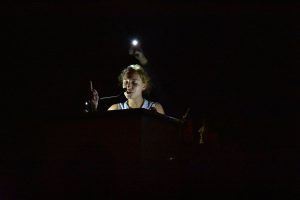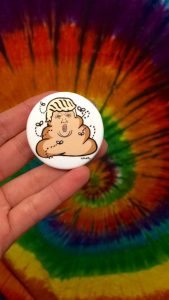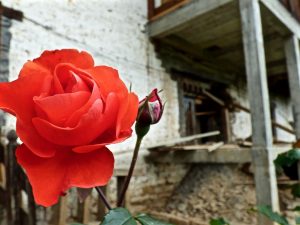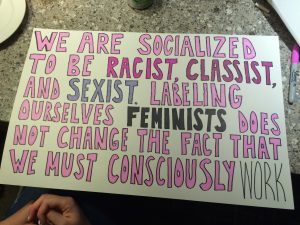I enjoyed the exercise we did in class where we were divided up in groups and had to make a timeline of the least to most offensive things a filmmaker could do. It was interesting to go around to the different groups to see the different variations between order of offenses and to find out why they placed each offense where they did. Basically when it comes down to it, it depends. Everyone has probably had different experiences with all of the offenses, which would cause one person to put “returning equipment late” higher up on the list than others.
There were two wrongdoings that particularly caught my eye. The first was “making a movie and not inviting people to the screening.” I think that this just depends on the circumstances. When people make films at Lafayette that will be screening, I do not think that it is offensive if someone who is in the film is not invited. Of course they should be invited, but I feel as if most students would not care if they were in a film and were not invited. (I am just speaking personally, maybe there are a handful of people who would care) On the other hand, if a filmmaker is creating a huge motion picture and an actor is not invited to the screening, this would be a lot more offensive. There are lots of planners for events like these, and if a person planning this sort of event forgets or even unintentionally does not invite an actor/actress, it would cause a huge scene. Going back to film screenings at Lafayette, maybe a student simply forgot to invite their subjects; this would not happen with a wide-reaching film.
The second that caught my eye was the offense that said “depicting females as dumb and helpless.” All of the people who said that this was a horrible thing to do were also the people who consume this sort of media themselves. In almost every comedy, the female character is depicted in this way, and the same with a lot of older Disney films. If we are the ones who think that its horrible to show this sort of sexism, then why do we consume tv/movies that show just that?
In short, we are aware some of these offenses are wrong, yet we chose to do them anyway.





